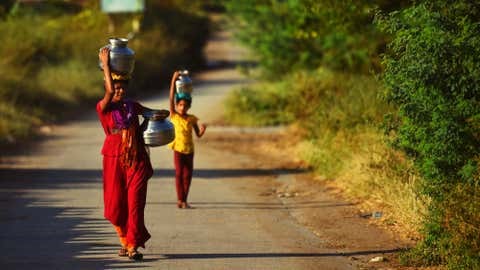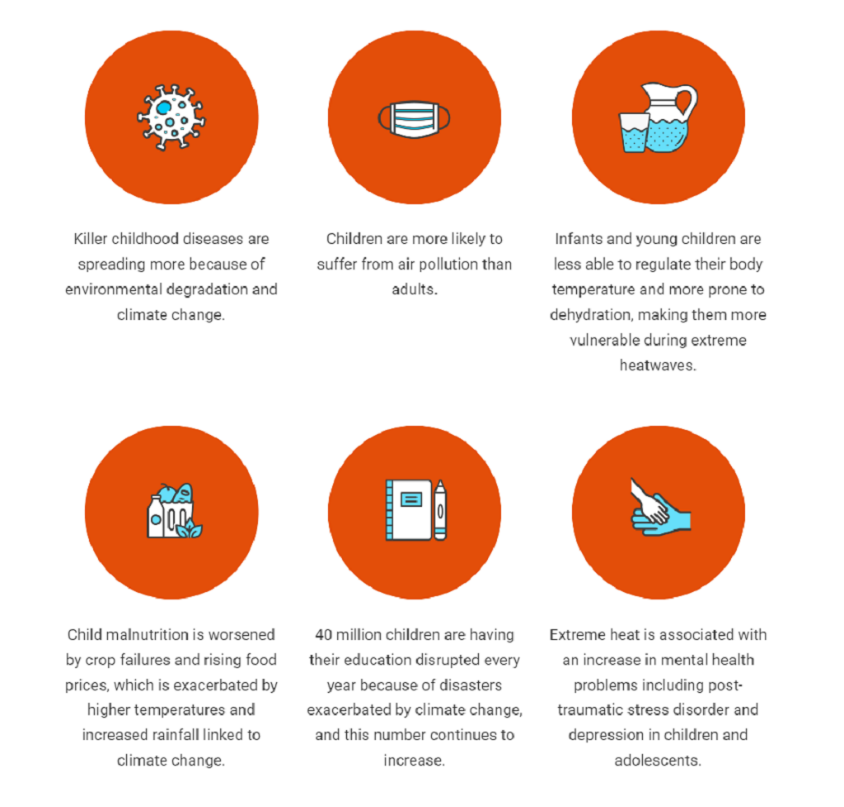Free Courses Sale ends Soon, Get It Now


Free Courses Sale ends Soon, Get It Now



Disclaimer: Copyright infringement not intended.
Context

Findings of the Report
Most affected children
Water Security
Heatwave
Floods
Child malnutrition is worsened by crop failures and rising food prices, exacerbated by higher temperatures and increased rainfall linked to climate change.
Closing Remarks
Global Stocktake is a process for countries and stakeholders to see where they are collectively making progress towards meeting the goals of the Paris Climate Change Agreement and where they are not.
GGA collective commitment under Article 7.1 of the Paris Agreement is aimed at “enhancing” (the world’s) adaptive capacity, strengthening resilience, and reducing vulnerability to climate change.
|
PRACTICE QUESTION Q. Climate Change has devastating consequences on children, affecting their physical and mental health. Putting children on the climate change agenda is imperative. Substantiate. |
© 2024 iasgyan. All right reserved